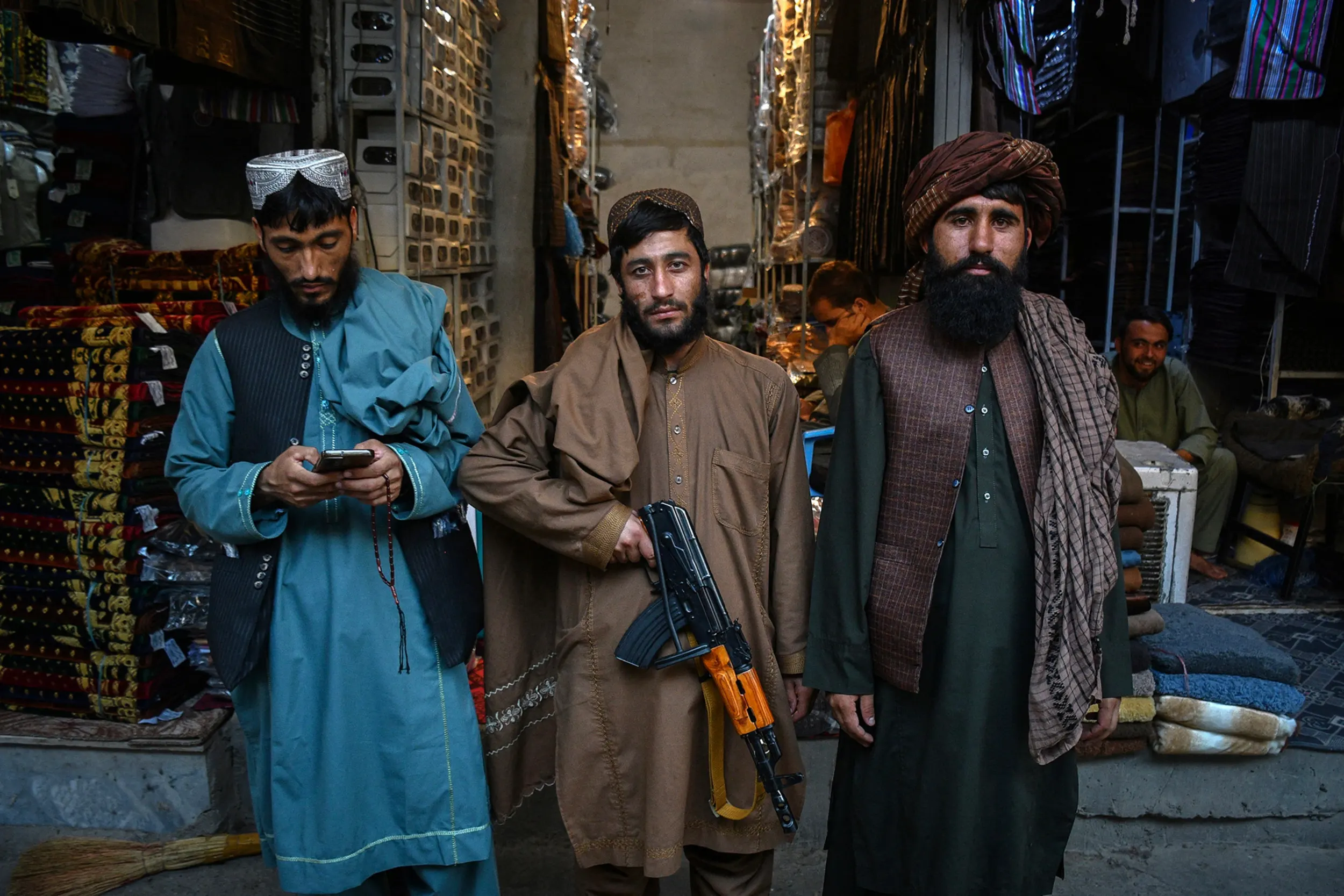History of the Taliban
From Origins to Resurgence (1990s–2025)
Origins (Early 1990s)
- Context: Post-Soviet withdrawal in 1989, Afghanistan faced chaos as mujahideen factions vied for control, leading to violence and lawlessness [1].
- Formation: Founded in 1994 in Kandahar by Mullah Mohammed Omar, the Taliban comprised Pashtun students from Deobandi madrassas, blending Islamic ideology with Pashtun tribal codes [1].
- Initial Appeal: The group promised to restore order, curb warlord abuses, and enforce Sharia, gaining local support through early actions like punishing criminals [1].
Rise to Power (1994–1996)
- Rapid Expansion: The Taliban captured Kandahar (1994), Herat (1995), and Kabul (1996), exploiting warlord disunity and public discontent [1].
- Support: Backed by Pakistan’s ISI for regional influence, and financially supported by Saudi Arabia and the UAE [1].
- Governance: By 1996, the Taliban controlled most of Afghanistan, declaring the Islamic Emirate and imposing strict Sharia, banning music, TV, and women’s education [1].
Rule (1996–2001)
- Policies: Enforced extreme Sharia, banning women from work and public life, and implementing public executions and amputations [1].
- International Isolation: Only Pakistan, Saudi Arabia, and the UAE recognized the regime; hosting al-Qaeda strained Western relations [1].
- Key Events: Al-Qaeda’s 1998 U.S. embassy bombings prompted U.S. strikes; the 2001 destruction of the Bamiyan Buddhas drew global outrage [1].
- Economy: Sanctions and drought collapsed the economy, with opium production becoming a key revenue source [1].
Fall (2001)
- 9/11 and U.S. Invasion: After al-Qaeda’s September 11 attacks, the Taliban’s refusal to extradite Osama bin Laden led to the U.S.-led Operation Enduring Freedom in October 2001 [1].
- Collapse: By December 2001, the Taliban lost Kabul and Kandahar, with leaders fleeing to Pakistan; Hamid Karzai’s interim government was established [1].
Insurgency (2002–2020)
- Regrouping: The Taliban regrouped in Pakistan’s border regions, launching an insurgency against the Afghan government and NATO forces [1].
- Tactics: Used guerrilla warfare, suicide bombings, and IEDs, with violence escalating after 2006 due to government corruption [1].
- Leadership Changes: Mullah Omar died in 2013; Mullah Akhtar Mansour led until his 2016 death in a U.S. drone strike; Mawlawi Hibatullah Akhundzada took over [1].
- Peace Talks: The 2020 Doha Agreement committed the U.S. to withdraw by May 2021 in exchange for Taliban assurances against terrorist groups [1].
Resurgence and Return to Power (2020–2021)
- U.S. Withdrawal: The Biden administration extended the withdrawal to August 2021; the Taliban launched a rapid offensive as NATO forces left [1].
- Fall of Kabul: On August 15, 2021, the Taliban captured Kabul, restoring the Islamic Emirate as Afghan forces collapsed and President Ashraf Ghani fled [1].
- Global Reaction: The takeover drew global criticism, with non-recognition due to human rights concerns [1].
Second Rule (2021–Present)
- Governance: The Taliban reinstated strict Sharia, banning girls’ secondary education and restricting women’s rights, with some pragmatic adjustments for legitimacy [1].
- Challenges: Faces a humanitarian crisis with poverty, food insecurity, and a collapsed economy due to sanctions and frozen assets; opium production has surged [1].
- Security: Suppresses dissent but faces attacks from ISIS-K, including the 2021 Kabul airport bombing [1].
- International Relations: No formal recognition as of August 2025, though China and Russia engage pragmatically; recognition hinges on human rights improvements [1].
Current Status (August 2025)
As of August 2025, the Taliban remains in control, navigating internal factions and external isolation. The regime struggles with economic collapse, humanitarian crises, and threats from ISIS-K, while seeking international legitimacy without fully compromising its ideology [1]. Debates over frozen Afghan assets and human rights continue to shape global engagement with the Taliban.
Conclusion
The Taliban’s history reflects Afghanistan’s turbulent path, from their 1994 emergence amid civil war to their 2021 return to power. Their strict interpretation of Sharia, ties to al-Qaeda, and governance challenges have shaped their controversial legacy. As of 2025, the Taliban faces the dual challenge of maintaining control while addressing humanitarian and diplomatic hurdles. Their future depends on balancing ideological commitments with pragmatic governance in a complex global landscape.
